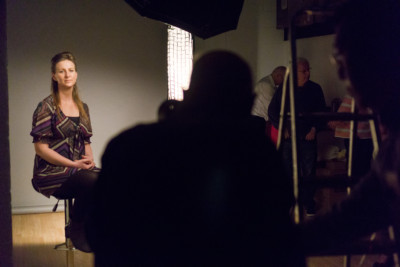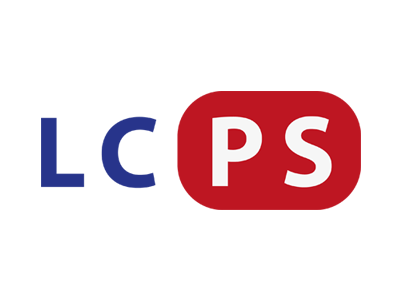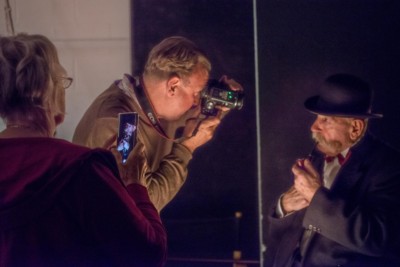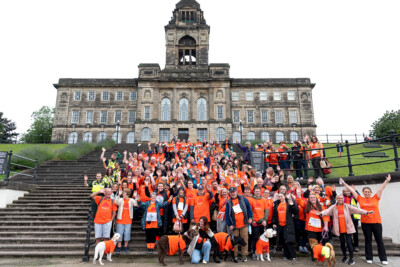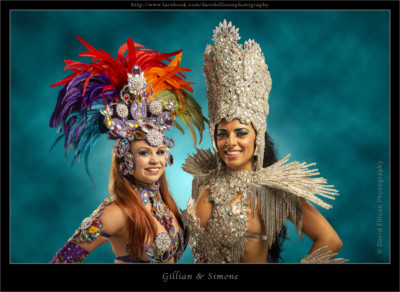Scanning negative or positive (transparency) film without using an expensive scanner is possible. We already own a digital camera, which can be used as a digital scanner. Wing demonstrated the setup needed to enable the negative film to be scanned with a digital camera. His setup was:- secure a piece of translucent perspex between two tables. Made sure there is enough gap between the tables for a soft box. Put a flashgun on a floor stand attached with a square soft box. A remote flash trigger was attached to the flashgun.The soft box was set squarely to the perspex, lit from below. Took a meter reading. A negative was placed on the perspex central to the soft box. Black cards were placed around the negative to avoid flare onto the lens from the flash. Set up the digital camera with a macro lens squarely to the negative. When the negative image has filled the frame in the camera’s viewfinder, take the shot. In post processing, invert the image which turns the negative image to positive. Process the image to ‘taste’. The result is as below with the positive image.
Footnote: 1/ Using a translucent perspex as ‘lightbox’ is better because there is no texture in the perspex, and it disperses the light evenly. 2/ Not using a cheap LED light panel as the ‘lightbox’ is because they do not have the full range of spectral colours. This may explain why https://www.waveformlighting.com/human-centric/everything-you-need-to-know-about-full-spectrum-lighting



